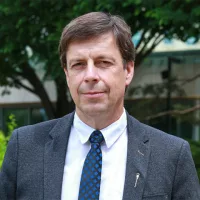
This year’s fire season in Alberta saw more fires but less hectares burned compared to last year.
Forestry and Parks Minister Todd Loewen says the usage of new technology such as night vision helicopters helped in quickly responding to wildfires.
“They can move water at night and they can also move crews at night as well. That’s very helpful because we can have crews on landscape fighting later into the night and then still be able to get them back into safety if necessary. Drone technology with the thermal imaging to be able to track the fires. We did do a lot of things, we started the fire season earlier and we had our crews trained and ready earlier.”
The season started earlier than usual (February 20 instead of March 1) because of dry winter conditions and a number of carryover fires from the previous year.
Loewen says it allowed them to be more vigilant.
“What that does do is allow us to make sure that anybody that wants to have a fire in the forest protection area that they have to get a permit. By having those permits, we were able to track what was going on on landscape as far as smoke. When we seen smoke, we were able to look at the fire permit situation and see if there’s a permit for that area and then be able to know whether it could be a potential wildfire.”
The province also recruited 100 additional wildland firefighters and an additional 40 contract wildland firefighters, along with getting more airtankers and heavy equipment.
Alberta Wildfire responded to more than 1,210 wildfires this year with more than 705,000 hectares burned.
In 2023, there were 1,080 wildfires and more than 2.2 million hectares burned.
You can listen to the full interview below.
– Kyle Moore, Trending 55 Newsroom




